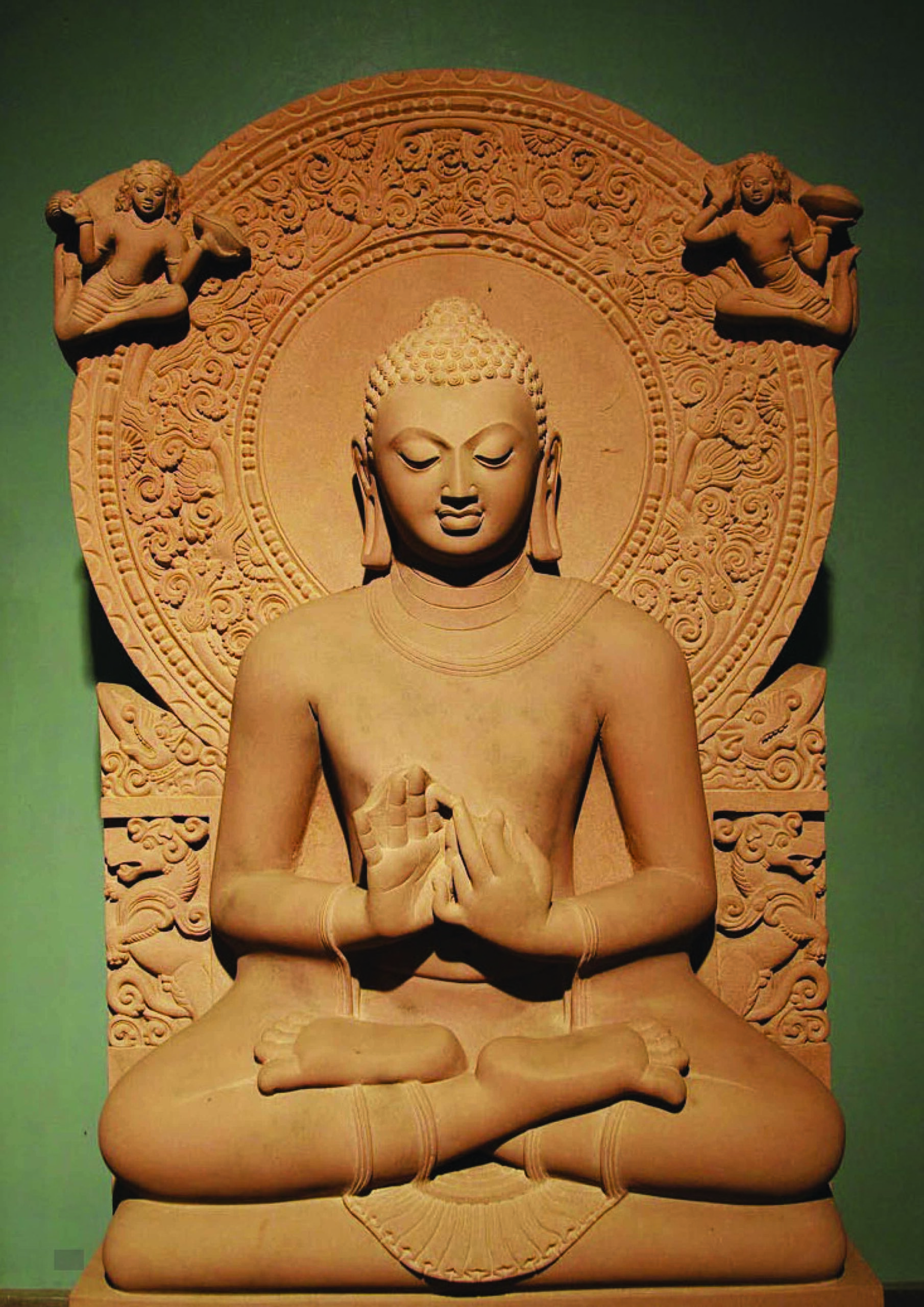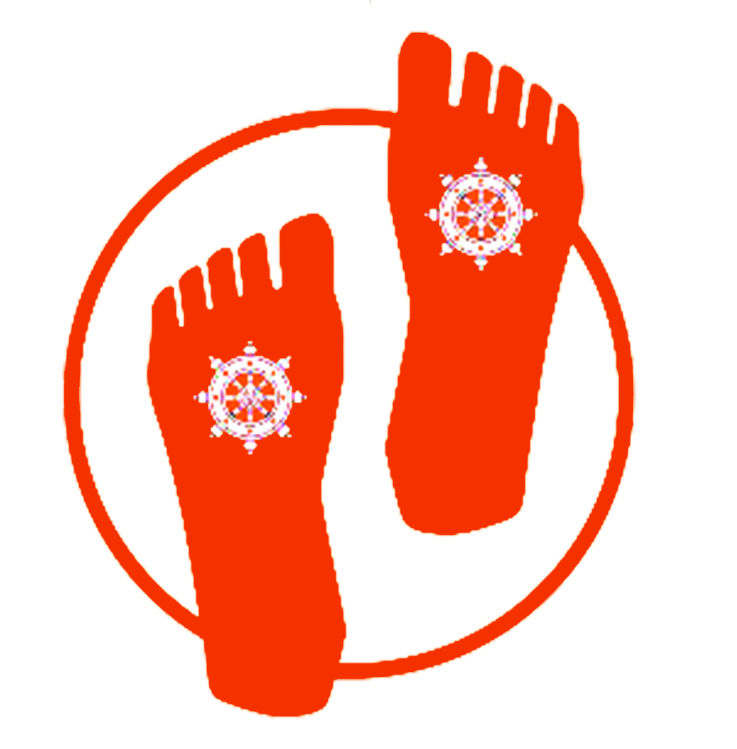South Asia’s Buddhist Heritage
South Asian Buddhist heritage is indisputably one of the most important in the world with places directly linked to the Buddha’s life and the spreading of Buddhism across the world. While there has been more than 50 years of planning and investments in Buddhist sites in the region, the Buddhist Circuit exists in name only as there is no seemly connection between its places nor a coherent strategy for its development as an integral whole. In addition, interventions have mostly focused on building up roads and large buildings, while most pressing problems remain in terms of creating an appealing and authentic visitor experience, making the development of multiple places economically, socially and environmentally sound, and involving the local populations in the protection of its unique cross-border assets for lasting benefits to all.
Aware of it, in 2015 South Asian governments requested the World Bank support to formulate and implement a strategy for developing the Buddhist Circuit as a driver of prosperity and livability in the region; a partnership that continues to this day.

The formulation of the Buddhist Circuit Strategy for South Asia, presented here, has been iterative, adapting based on trials, lessons learned, and evolving contexts. It began with field visits to some of the main places associated with Buddha’s earthly journey. This process of retracing Buddha’s footsteps was informed by scholarly research on Buddha’s teachings (Sutras, Tripiṭakas and Vinayas) delivered in these places. Resulting maps and a conceptual framework were presented to Elders and Monastics in Southeast Asia and worldwide for review and validation of their accuracy and authenticity. Consultations were also carried out with policy makers, development and conservation agencies, private investors, sympathizers, travelers, tour operators and communities to ensure relevance and ownership. This dialogue was supplemented with a review of policies and previous plans as well as a comprehensive profiling of the main places associated with the Buddha’s life in the region.
Another important reference point was the analysis of global practices in developing routes with significant and long-term benefits to local communities and their highly significant cultural landscapes and assets. These mature routes—from the Mundo Maya to Santiago de Compostela, Greater Mekong River and the Silk Road—confirmed the importance of planning and managing these routes with sensitivity to the history and sanctity of the places as well as their broader social, cultural, spiritual, environmental and economic contexts. They also indorsed the value in looking beyond large infrastructure and beautification of sites to focus on re-balancing people and nature needs for their mutual wellbeing.
For the Strategy’s implementation, a series of practical tools have been developed, including (i) a common brand identity and marketing roadmap, (ii) urban design guidelines, (iii) model plan for sensitive urban growth and public investments in destinations, (v) guidelines for promoting women-led entrepreneurship, and (vi) recommendations for increased private investments.
Buddhism
The man who came to be known as Buddha—the “Awakened One” or “Enlightened One”, was born Siddhartha Gautama in the 6th century B.C.E. in Lumbini, Nepal. Although born a prince, the Buddha was dissatisfied with wealth and the trappings of material life. He left his palace, peregrinated and contemplated in search of the Truth and made it his mission to find the way out of universal suffering. At the age of 35 years, the gained Enlightenment under the Bodhi Tree at Bodhgaya in the present state of Bihar (India) and gave his first sermon entitled “Dhammacakkappavattana Sutta”, meaning “Turning the Wheel of the Truth”, to five ascetics at Sarnath, India.
For the next 45 years, the Buddha and his disciples wandered more than 200,000 square kilometers in India, going from place to place spreading the Dharma, his teachings. Their compassion knew no bounds; they helped everyone along the way, beggars, kings and slave women. At night, they would sleep where they were; when hungry they would ask for food. Wherever the Buddha went, he won the hearts of the people because he dealt with their true feelings. He encouraged people to have compassion for each other and develop their virtues: “You should do your own work, for I can teach only the way.”
Based on the Buddha’s life and core teachings “Three Universal Truths”, “The Four Noble Truths” and “The Noble Eightfold Path”, Buddhism originated. Over the next two centuries, Buddhism flourished and spread throughout the Asian subcontinent creating a vast heritage in the region and beyond.

The Three Jewels of Buddhism



The Buddha. The Enlightened One. The Buddha received the knowledge on how to achieve Nirvana. He devoted his life to teach others how to free oneself from suffering.
The Dharma. The teachings of wisdom of the Buddha to liberate beings from suffering and towards Enlightenment.
The Sangha. The community. A group of people, often monks and nuns, who have at least attained one of the four levels of Enlightenment, and uphold the teachings of the Buddha.
The Three Universal Truths
Meditating under a tree, the Buddha saw the cycle of life around him. He saw beauty in everything. Flowers blooming and the sun warming leaves. But he also saw suffering. Flowers withering and dying; a man screaming at a child; a bird eating a worm and then an eagle eating the bird. He wondered why living creatures harm others for their own existence. In Buddhism, the responsibility for unskillful actions is borne by the person who commits them. “For every event that occurs, there will follow another event whose existence was caused by the first, and this second event will be pleasant or unpleasant according as its cause was skillful or unskillful”.
The Three Universal Truths explain how the Buddha understood human predicaments as well as the world and universe around us.
Annica or the Truth of Impermanence. Everything in this life changes. Spring turns into summer, summer into fall, fall into winter that turns into spring. The same happens with human life. We are born, grow, work, may have children, age and die. Change is the only factor that remains; that is permanent. Annica teaches us that change happens all the time and we should let go rather than trying to control. Nothing lasts; everything changes constantly.
Dukka or the Truth of Suffering. Suffering is part of our existence. Desire drives human actions and is the source of suffering. We seek food, but once we have food, we want more and better food. We want to protect our own self and belongings, neglecting others and wanting more for ourselves. Dukkha helps us to understand that our desires can make us greedy and cruel. Dukka teaches us that we can control our desires. When we accept that there is suffering in desire, we will be more content. If we only think of what we want, we will be less compassionate and unhappy.
Anatta or the Truth of No Self. There is no self. We should not claim or perceive to own or desire anything to be ours. When not perceiving oneself too highly, we can remove our desires. If one aims to reach a state of Enlightenment, one must release notions of the self; do not think nor act in selfish ways. In the state of Nirvana, our essence ceases longing and desiring.
The Four Noble Truths
Understanding the causes of suffering, the Buddha made his life to help people to free themselves from it. He envisioned and shared what became the most important elements of Buddhism: The Four Noble Truths and The Eightfold Path.
The Four NobleTruths explain why humans hurt and how to overcome suffering.
- Dukkha: Life is suffering. Suffering is real and almost universal, and has many causes: loss, sickness, pain, failure, and the impermanence of pleasure.
- Samudaya: There is a cause of suffering. Suffering is due to attachment. It is the desire of have and control.
- Nirodha: There is an end to suffering. Attachment can be overcome. Suffering ceases with Nirvana, when the mind experiences complete freedom, liberation and non-attachment.
- Magga: To end suffering, one must follow the Noble Eightfold Path.
The Noble Eightfold Path
The Buddha taught that the end of suffering, as described in the Four Noble Truths, could be achieved by following an Eightfold Path of ethical conduct and mental disciple. He taught that wisdom, kindness, patience, generosity and compassion are important virtues. By following the Noble Eightfold Path, one can live a life of virtues and achieve Enlightenment.

gh

